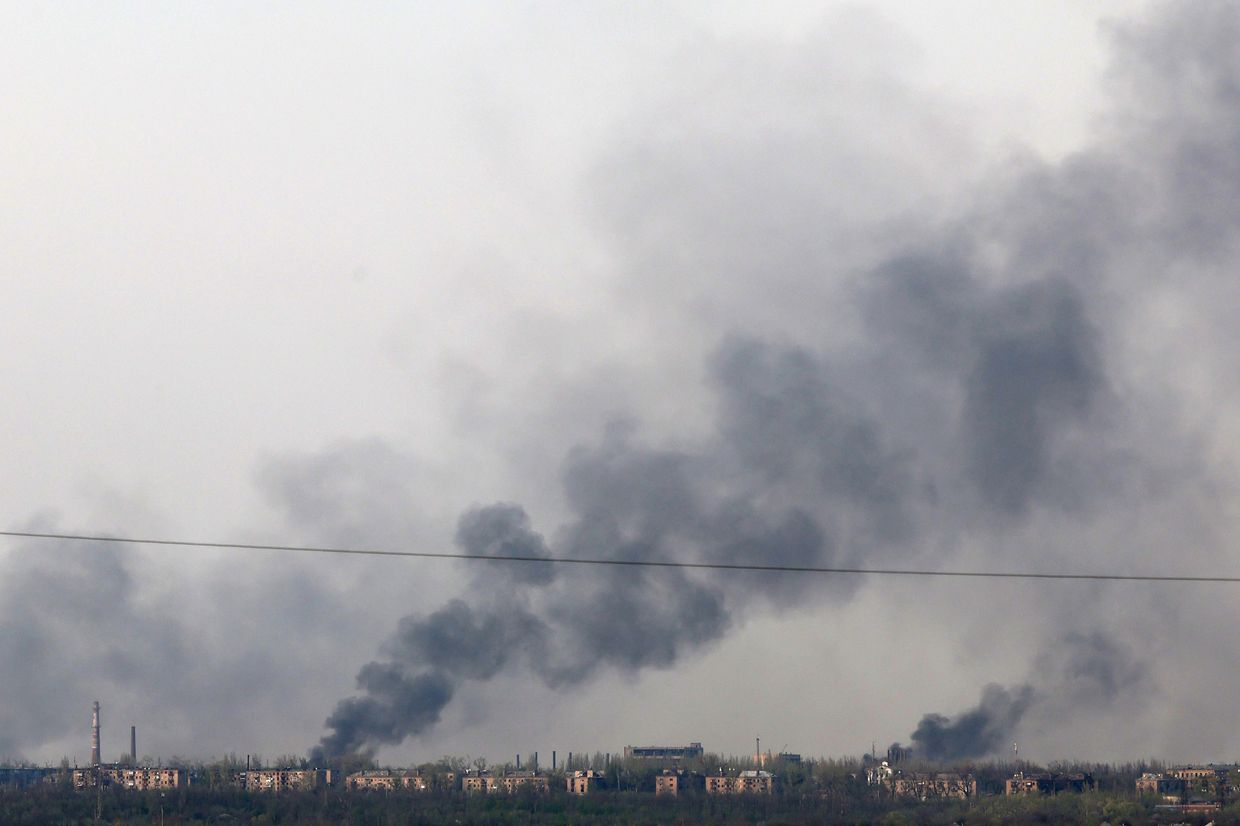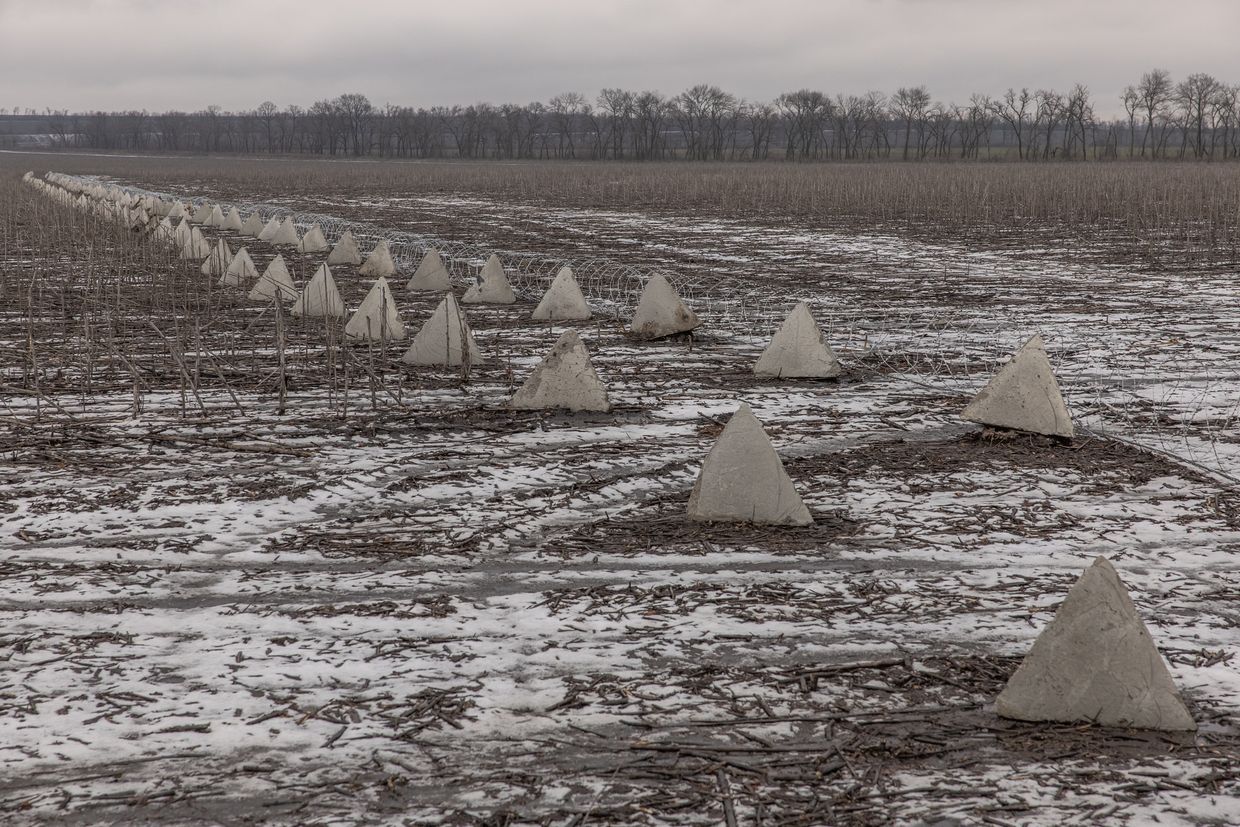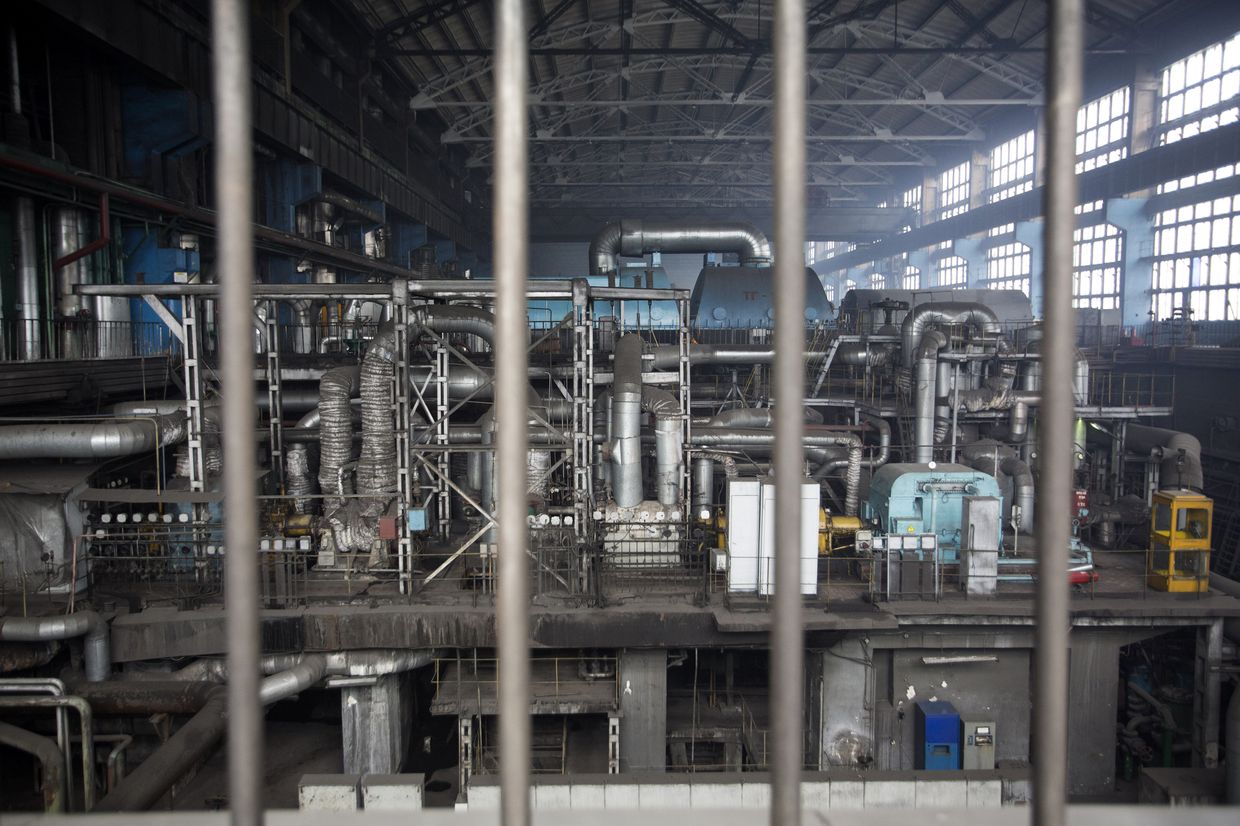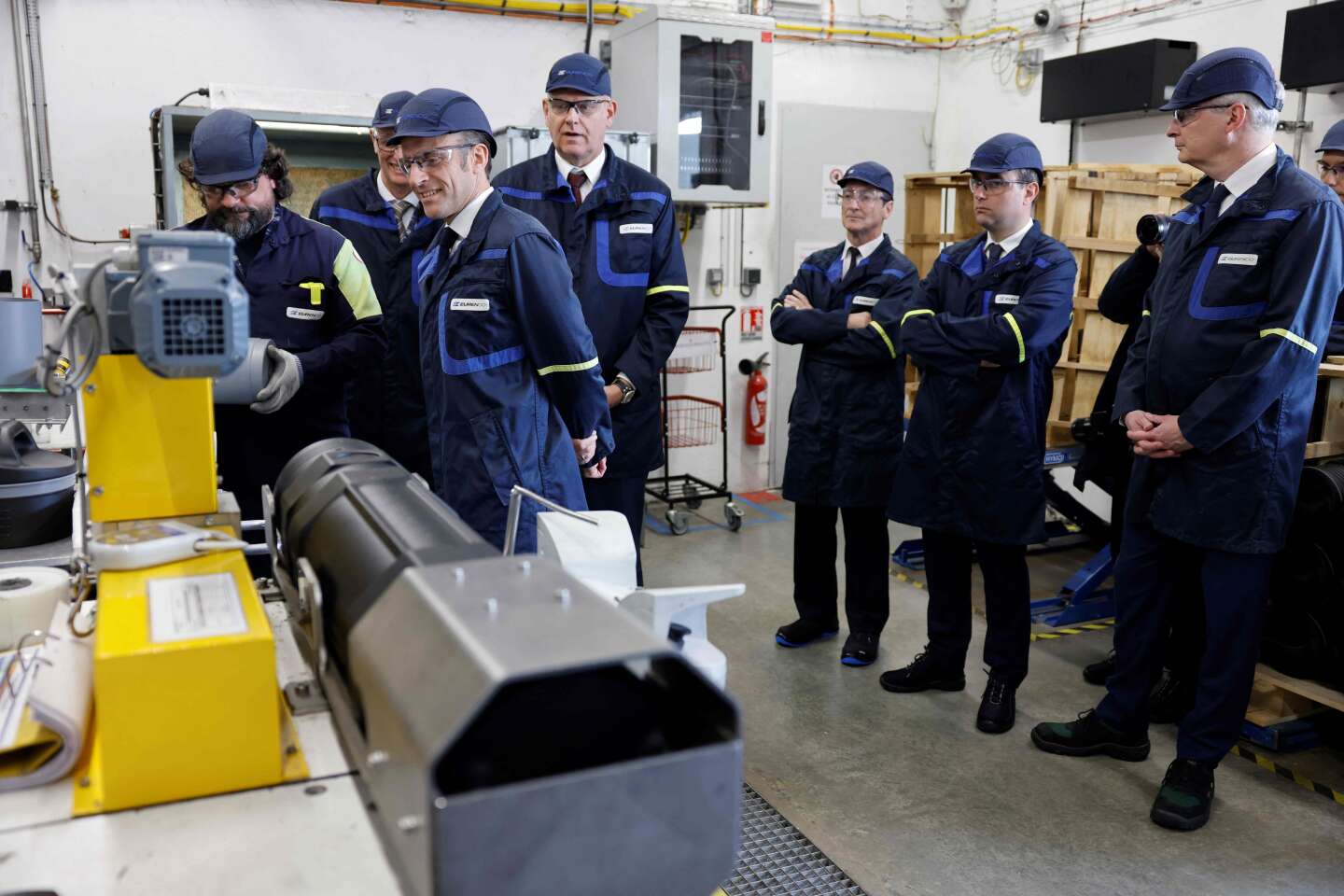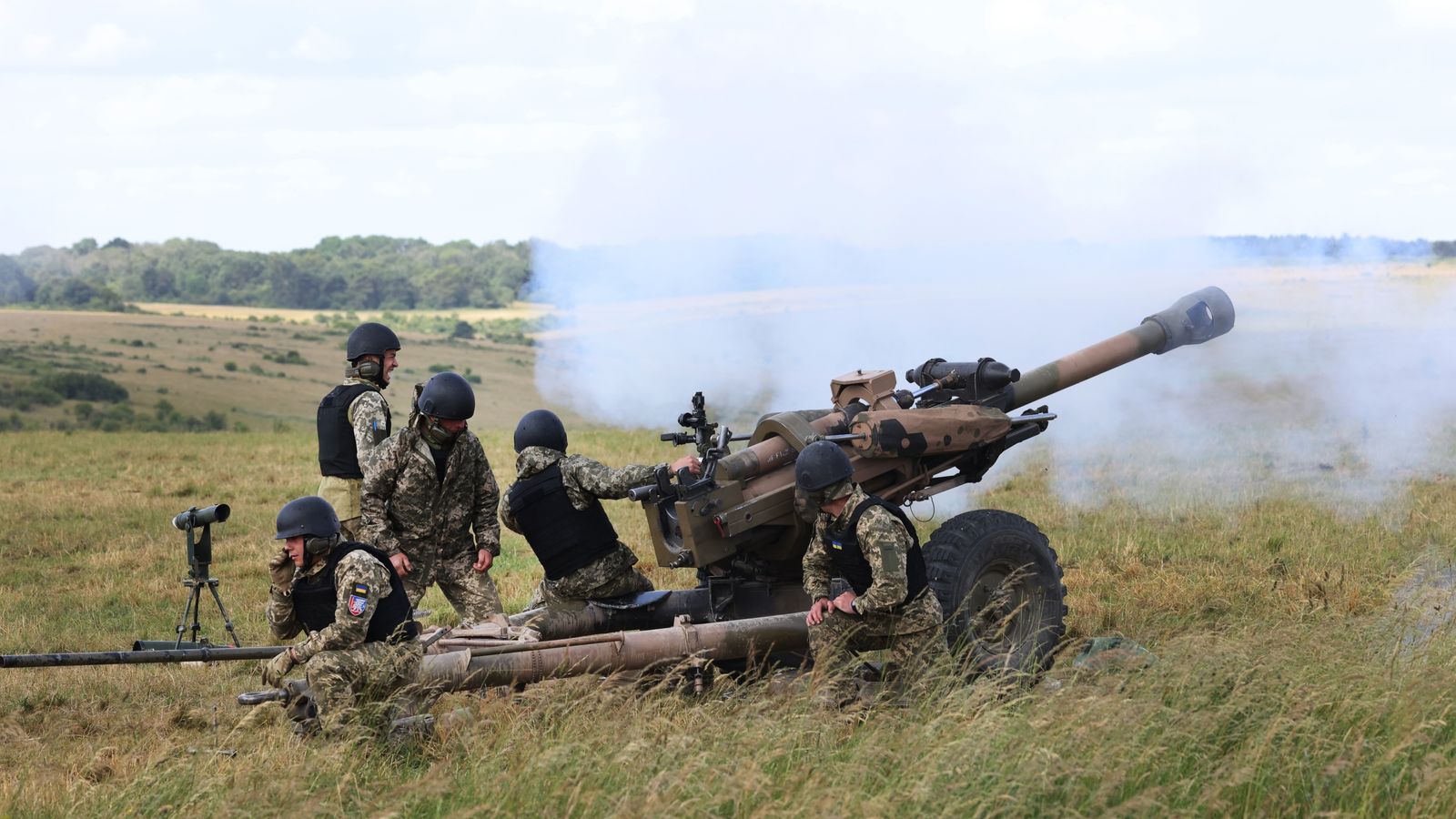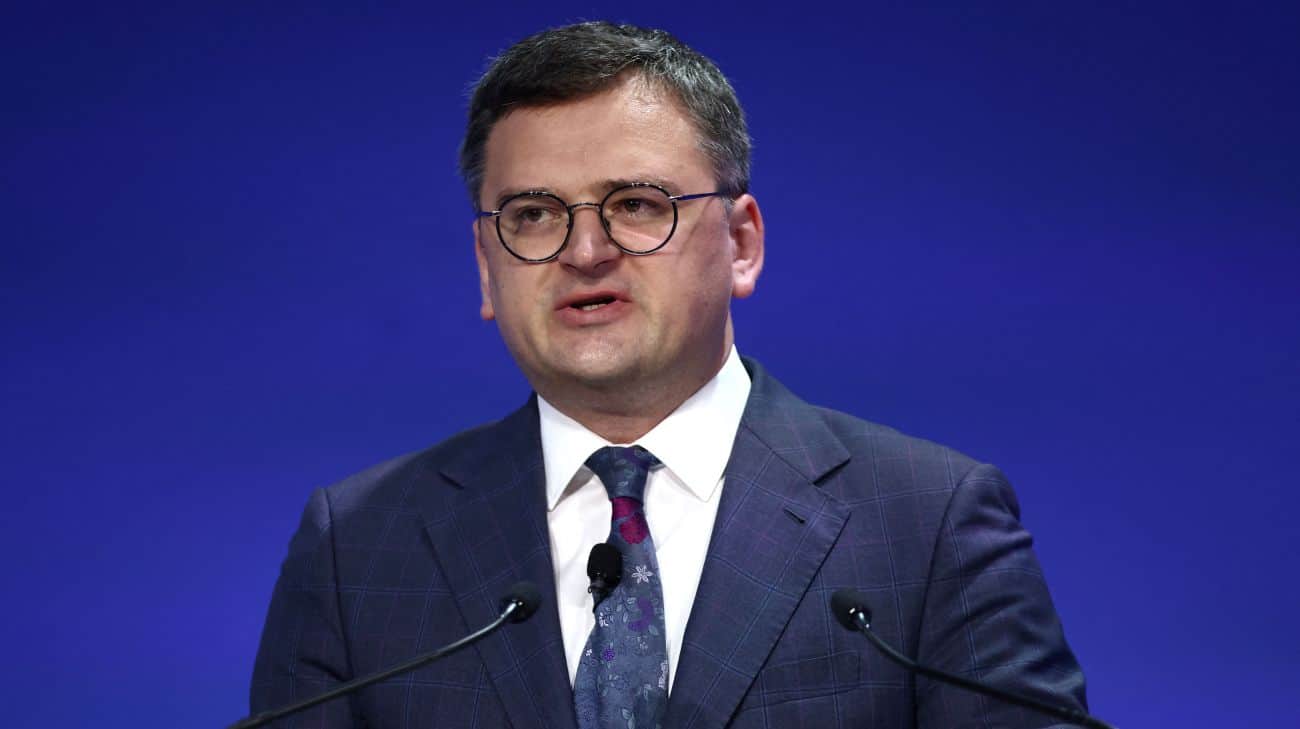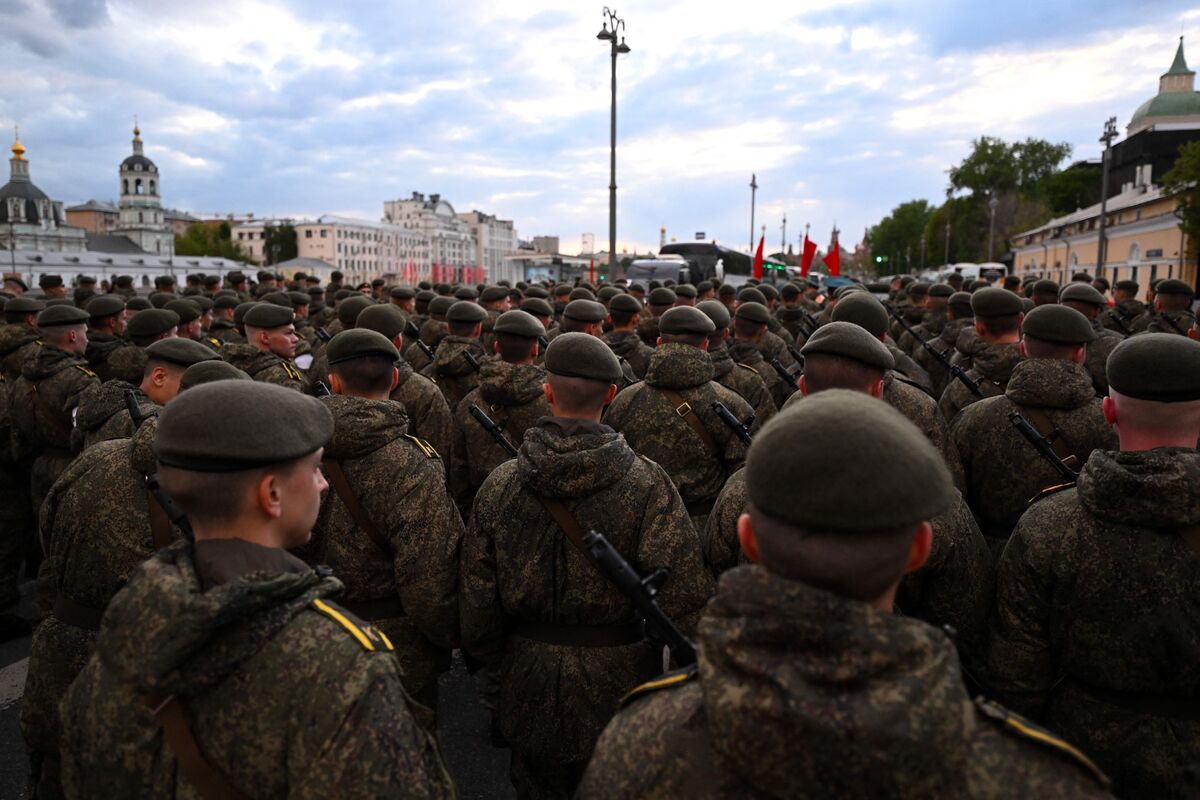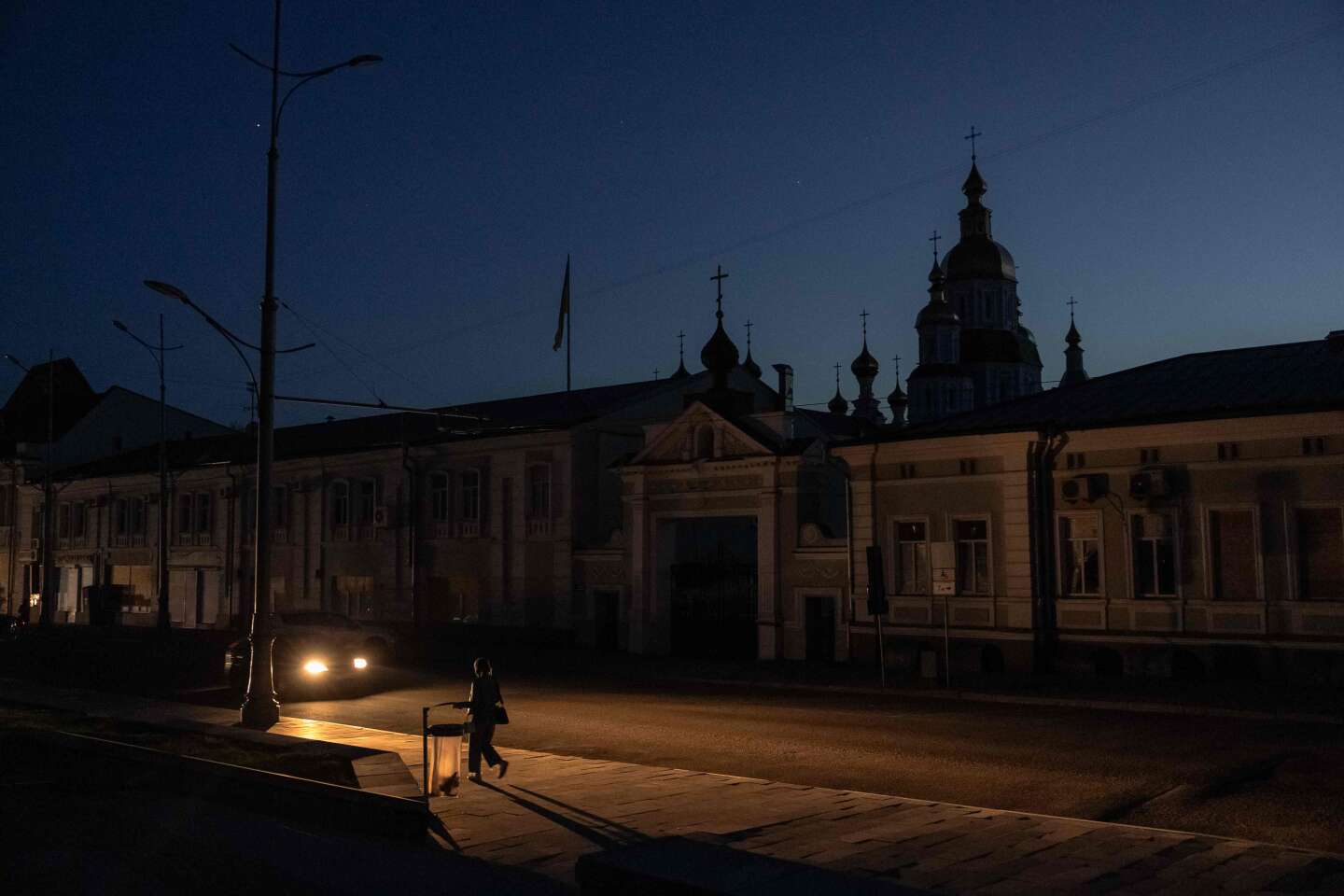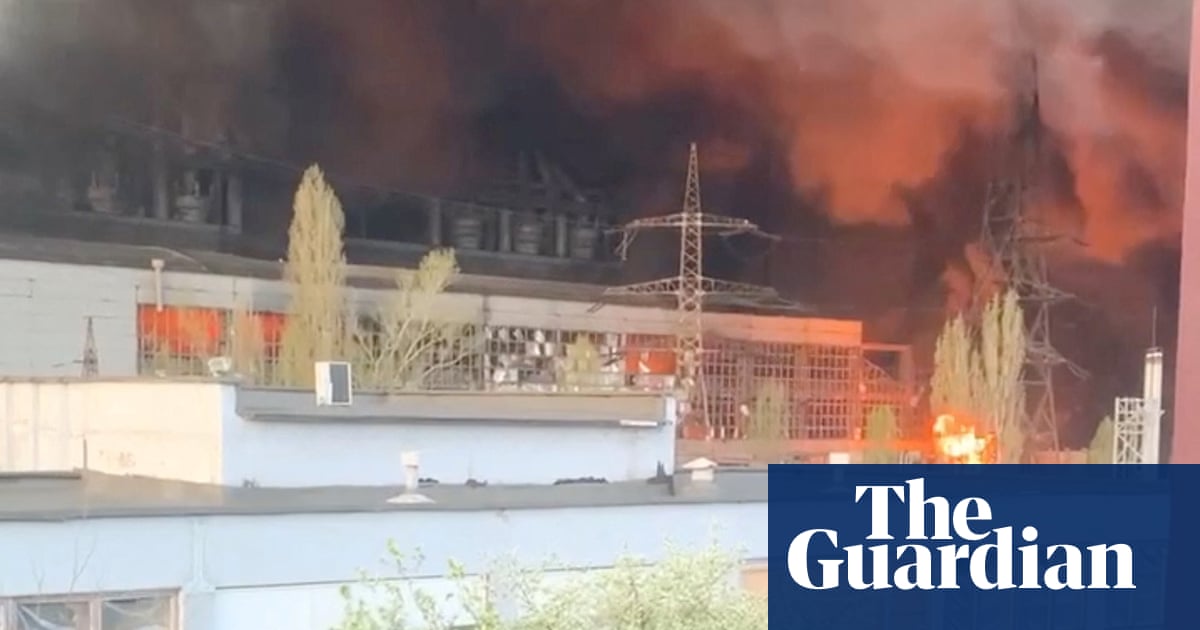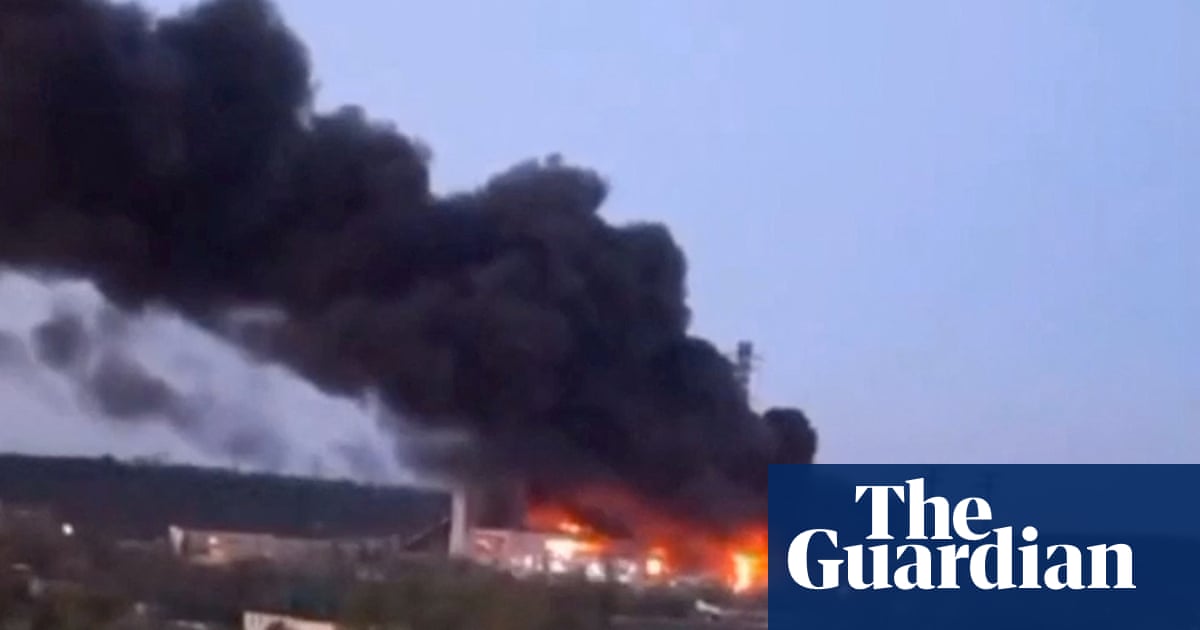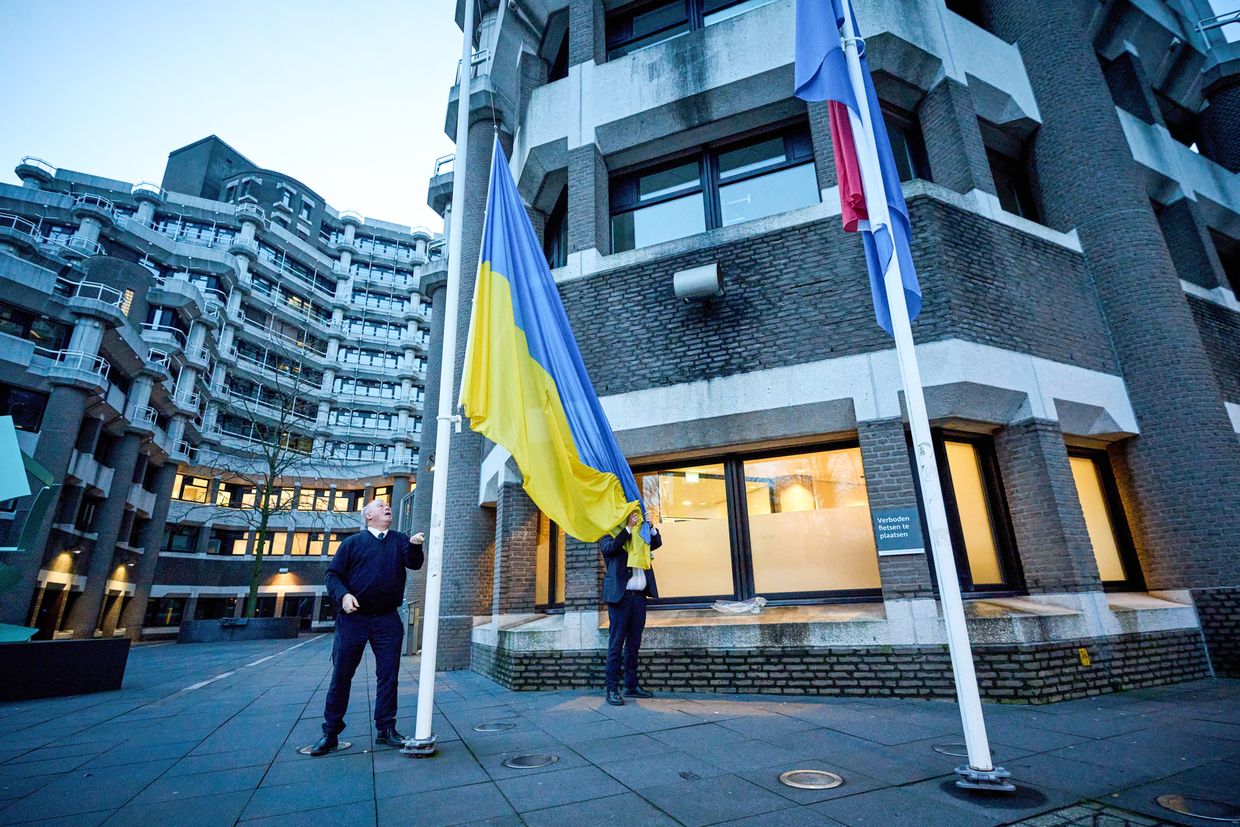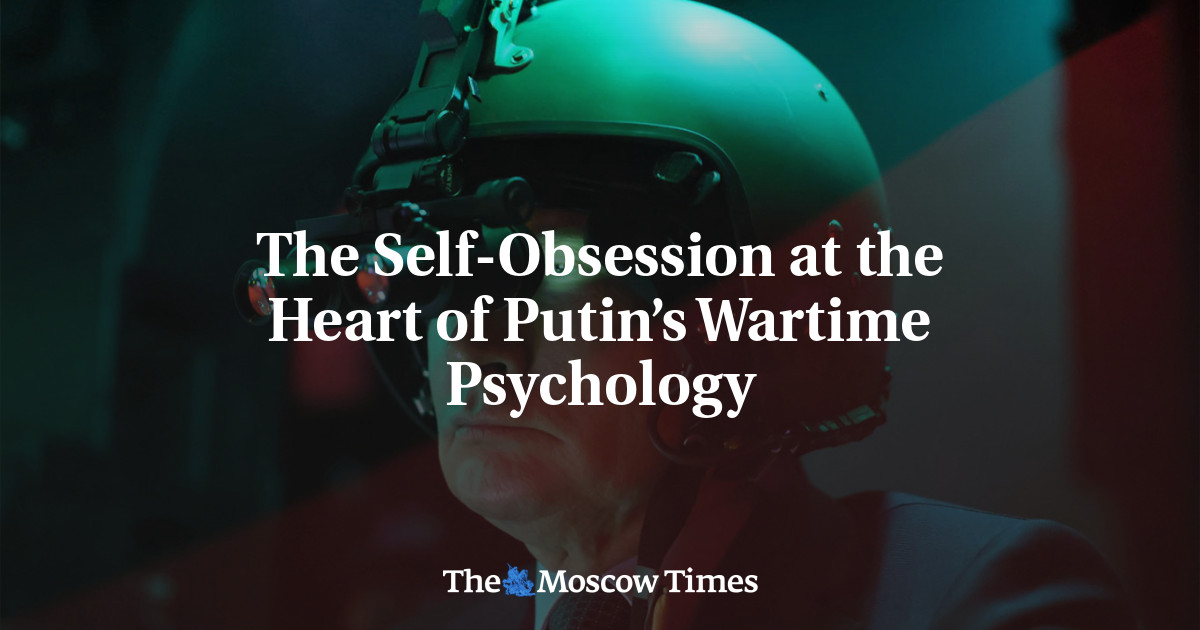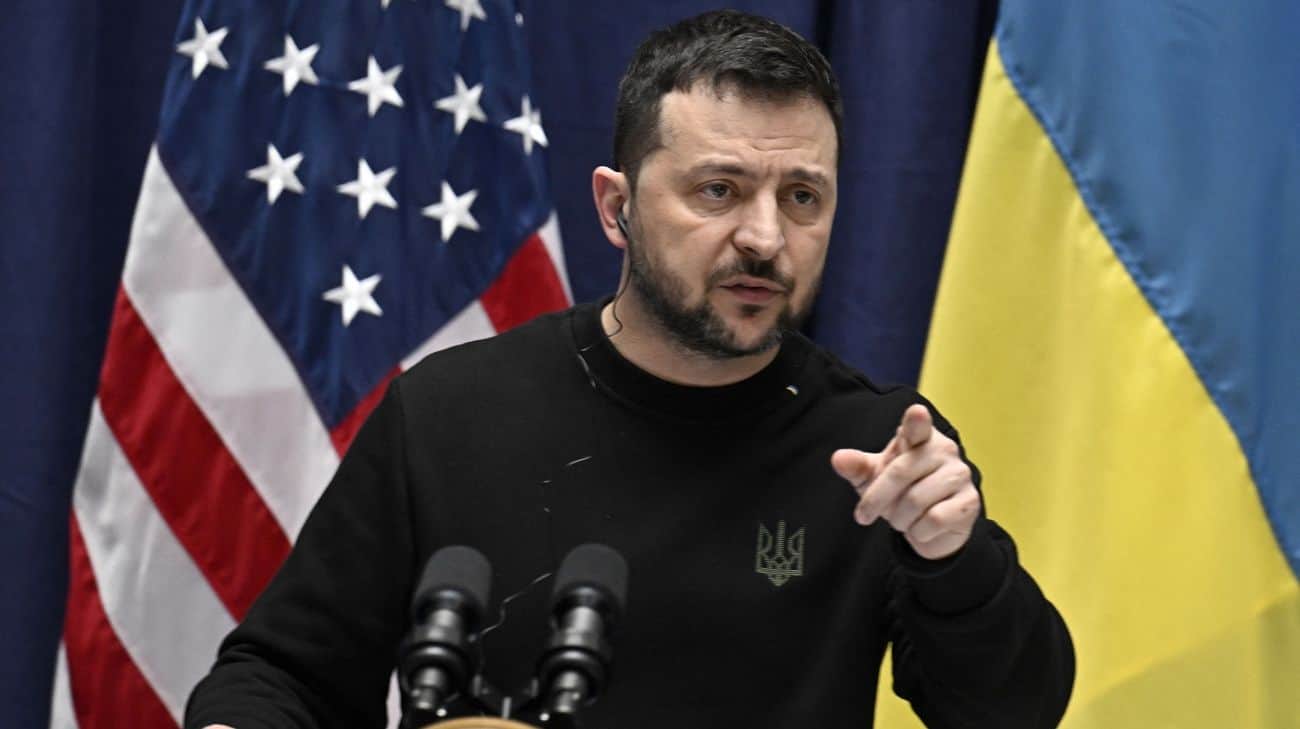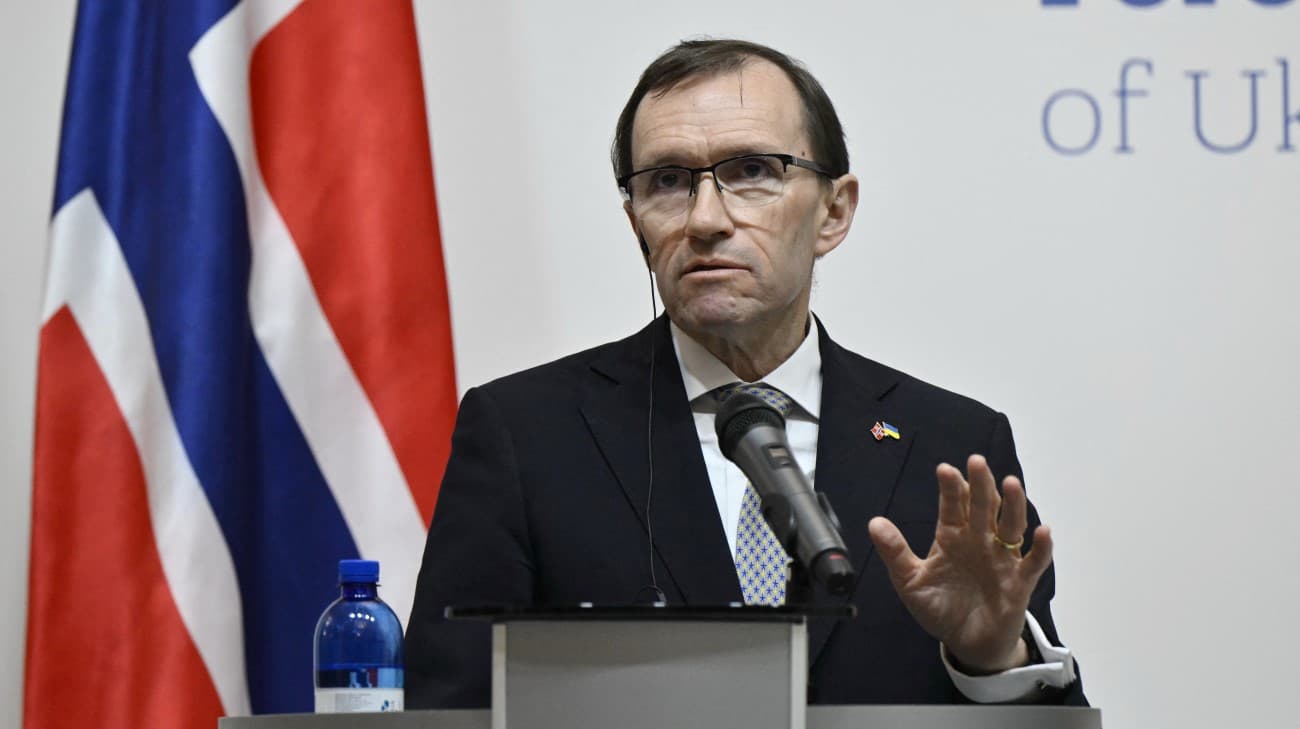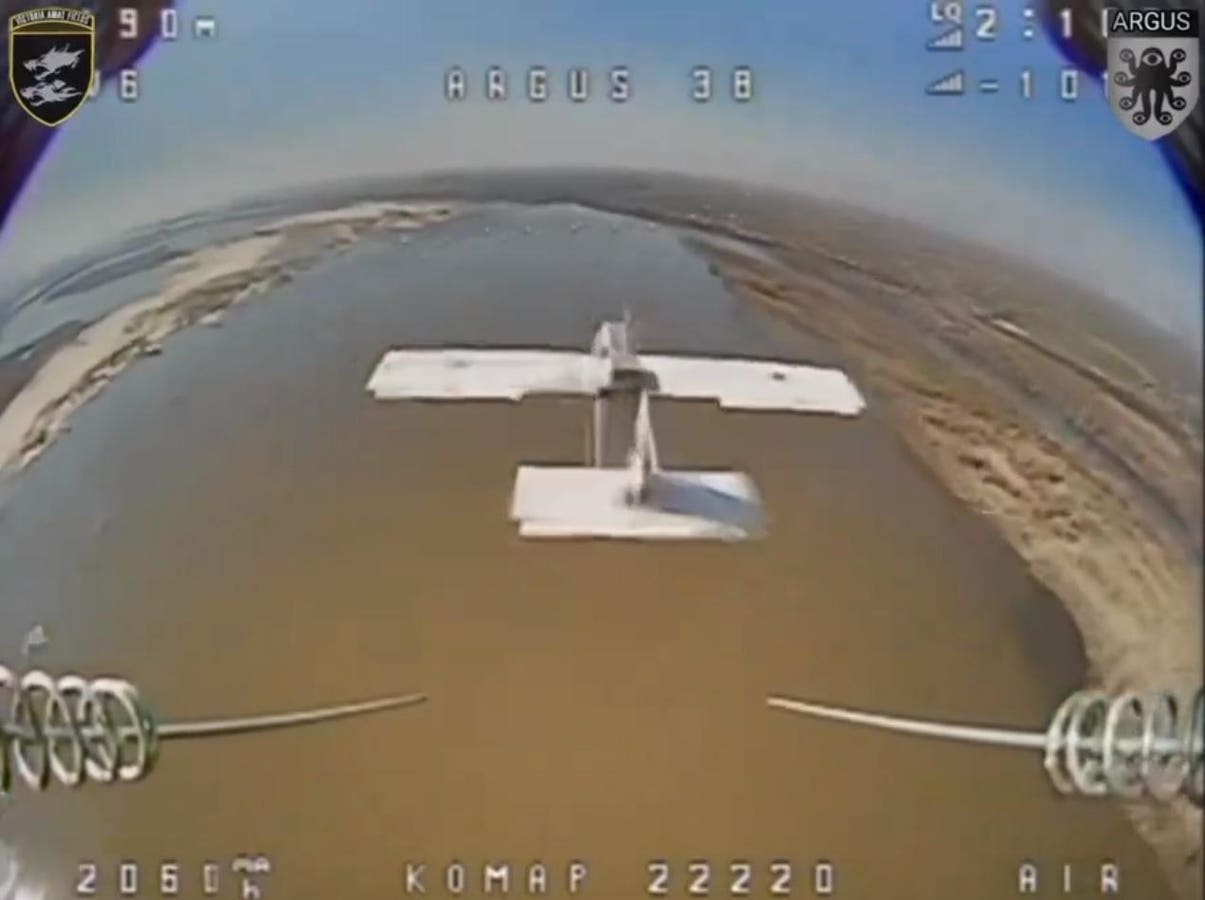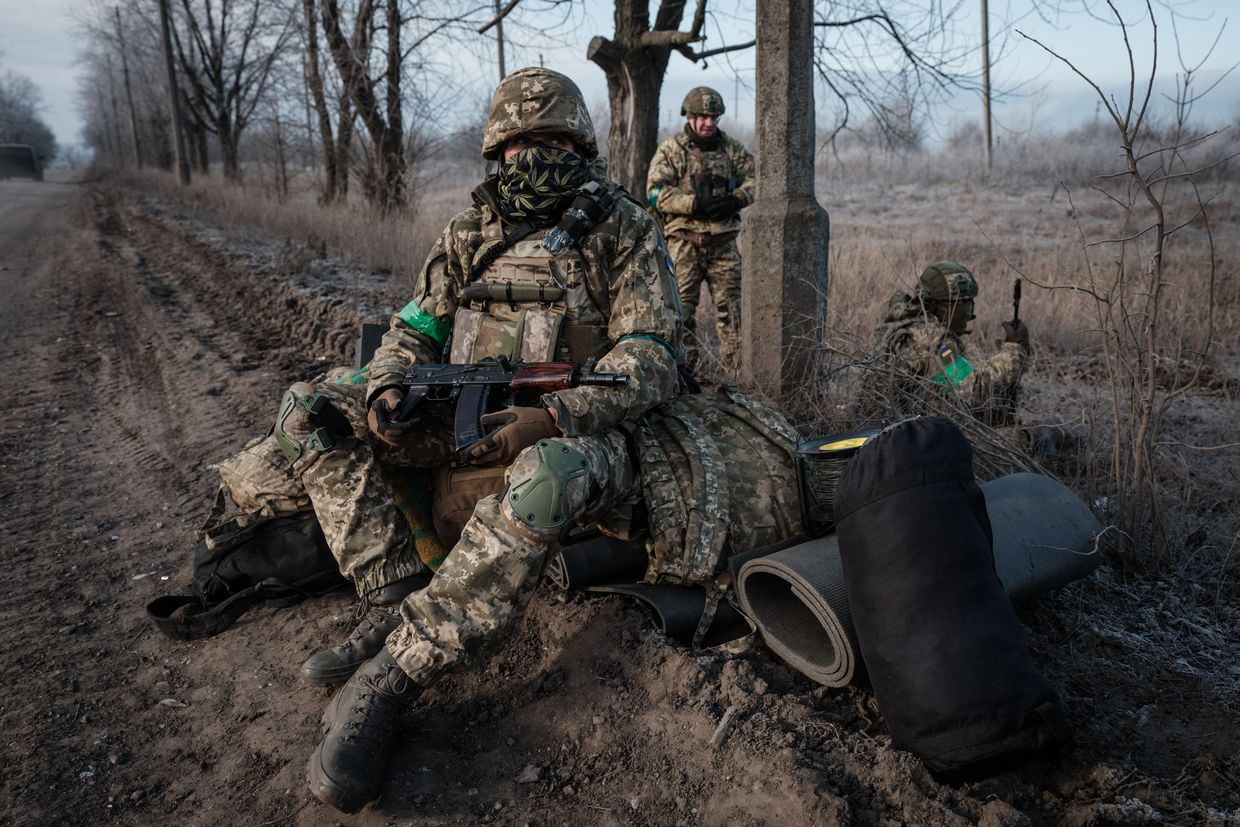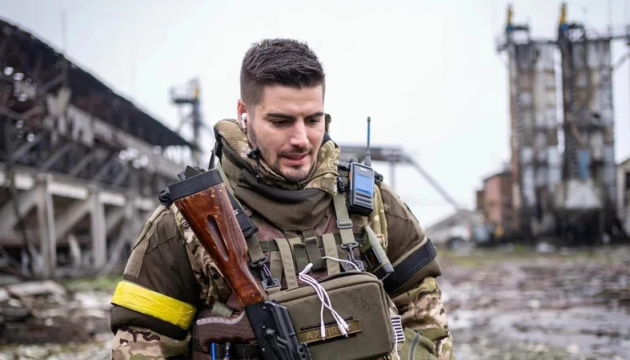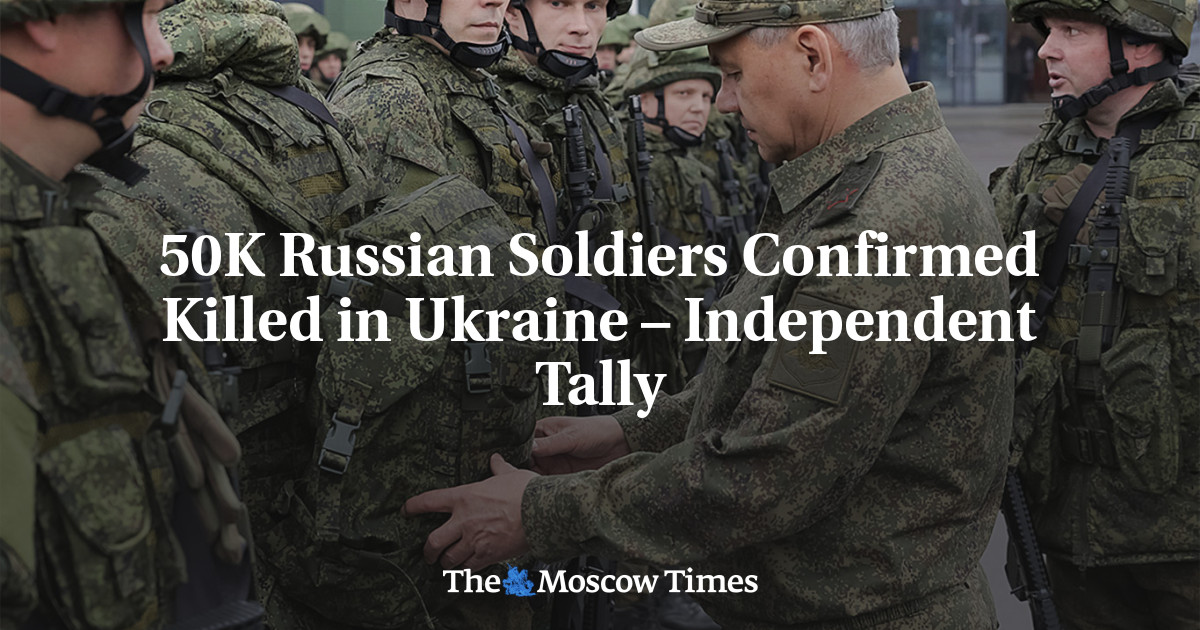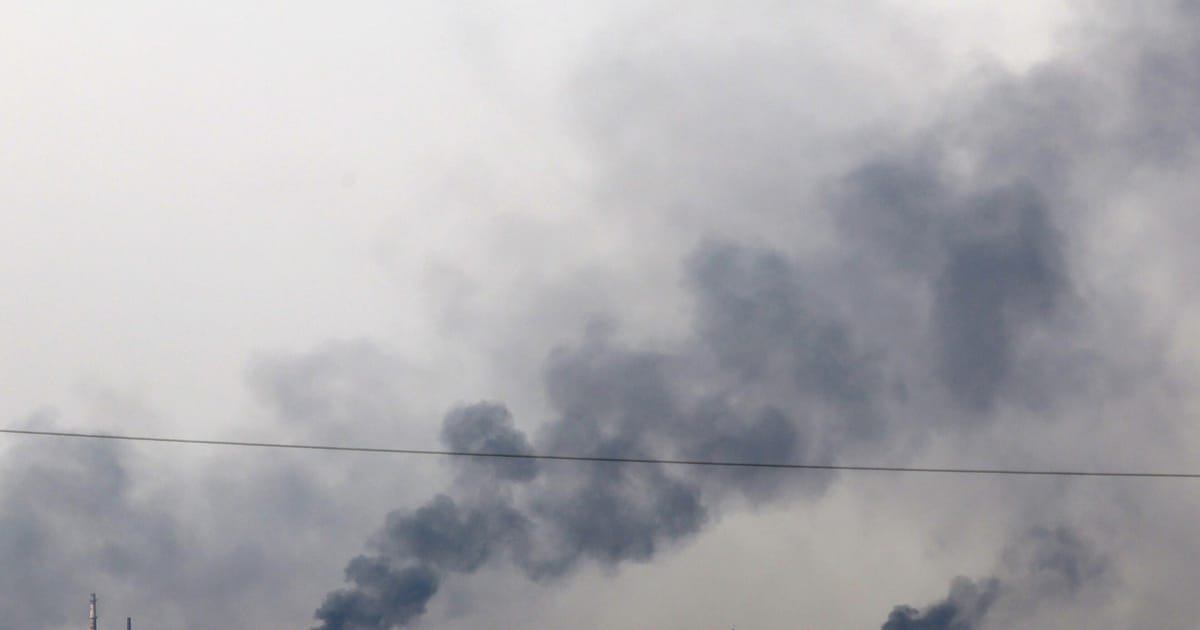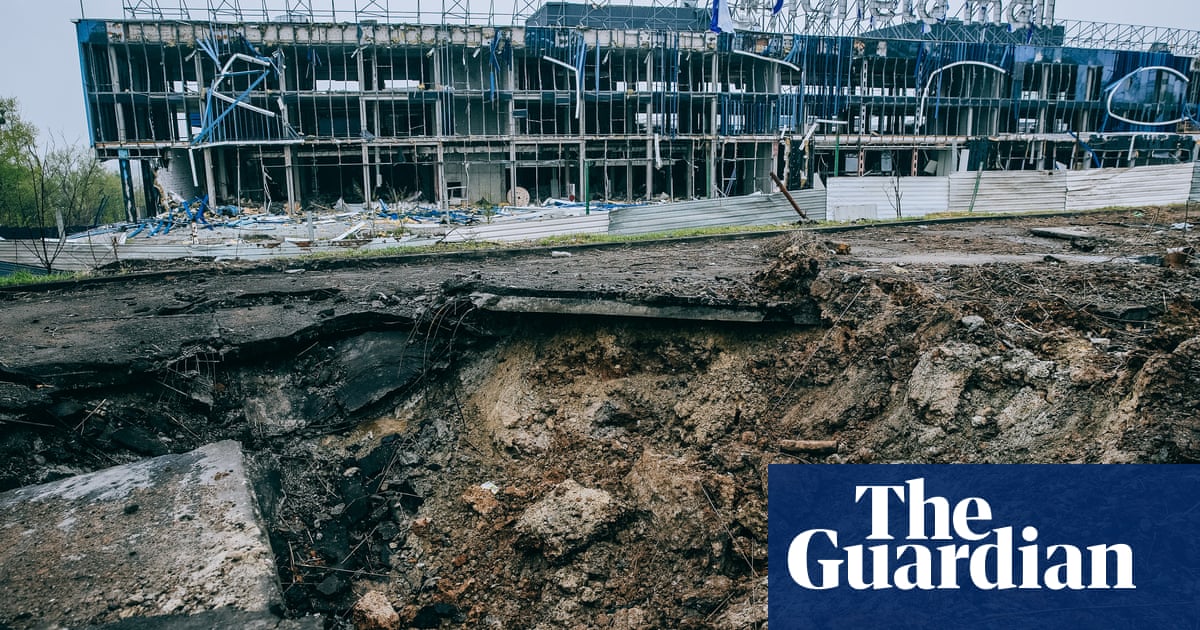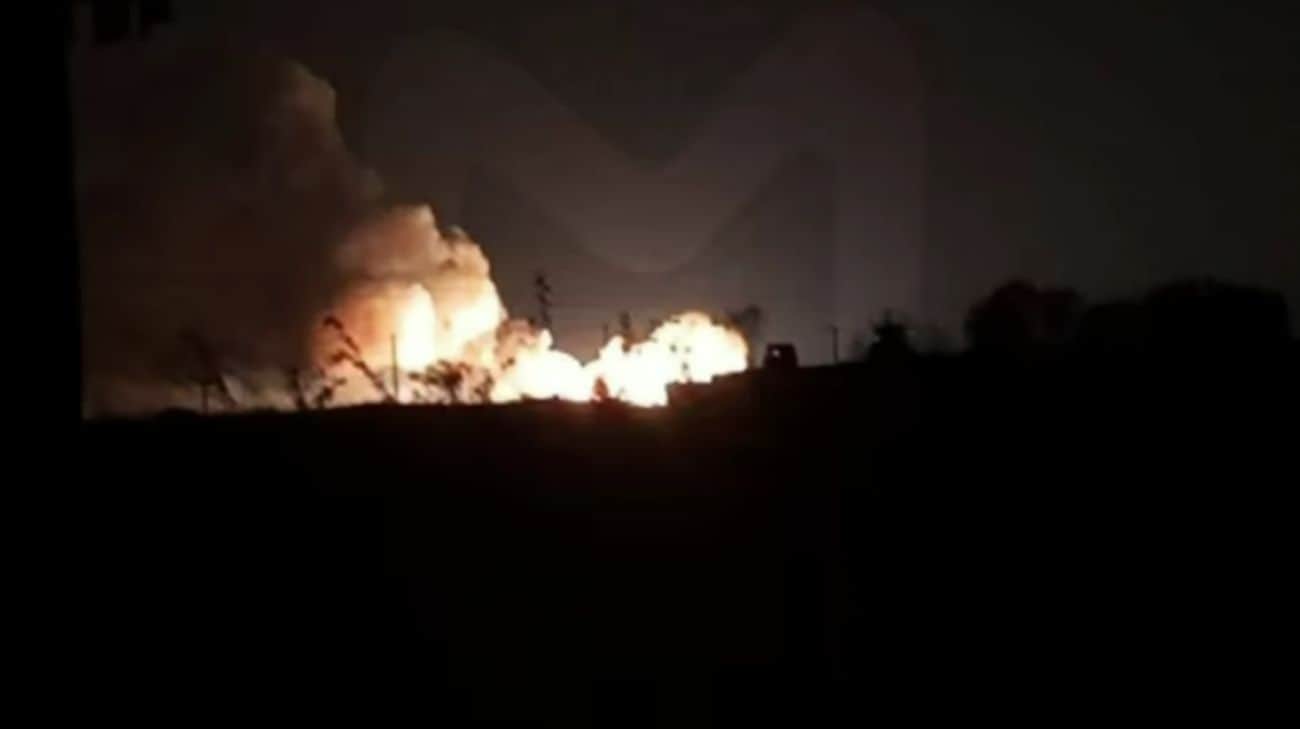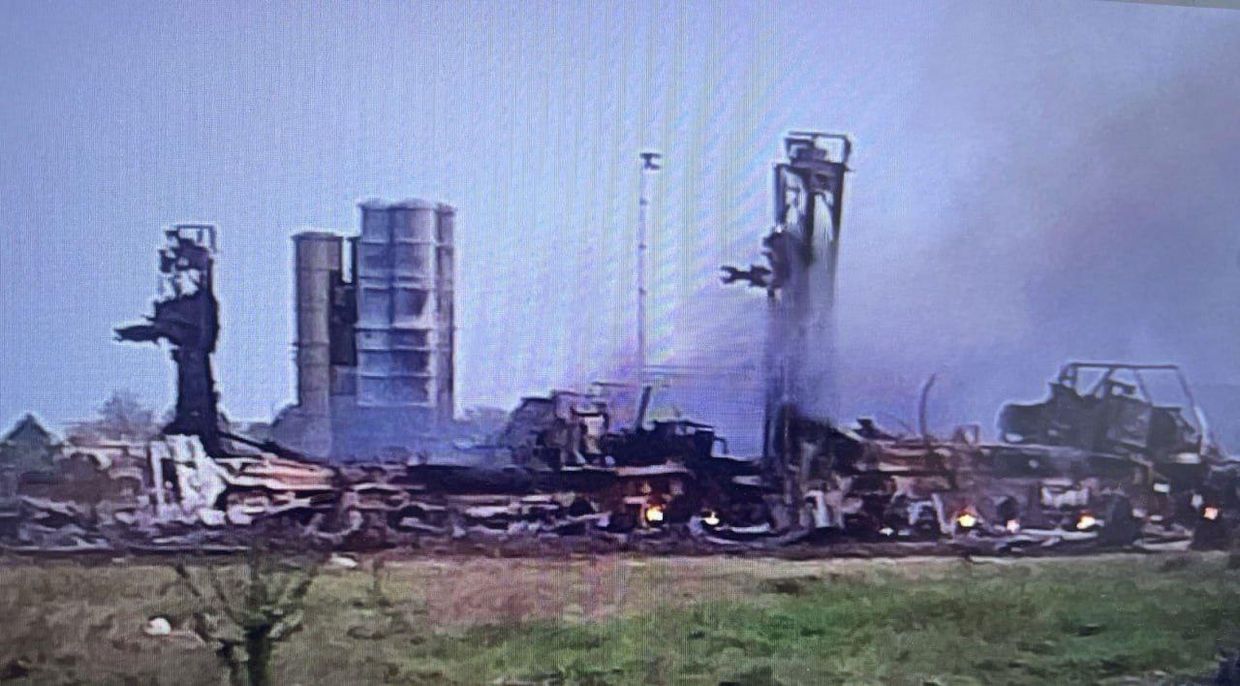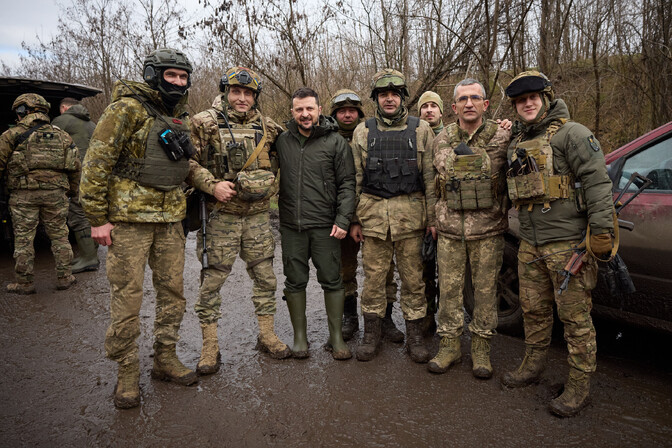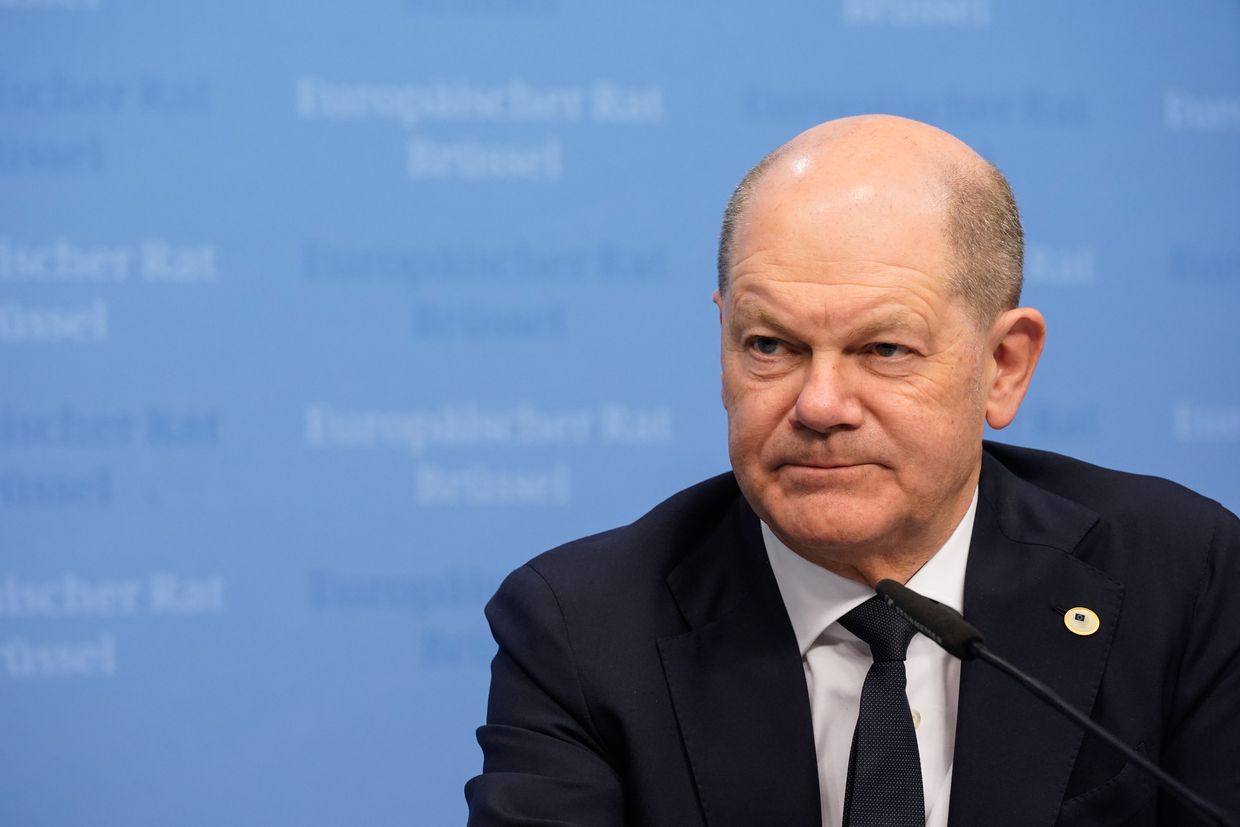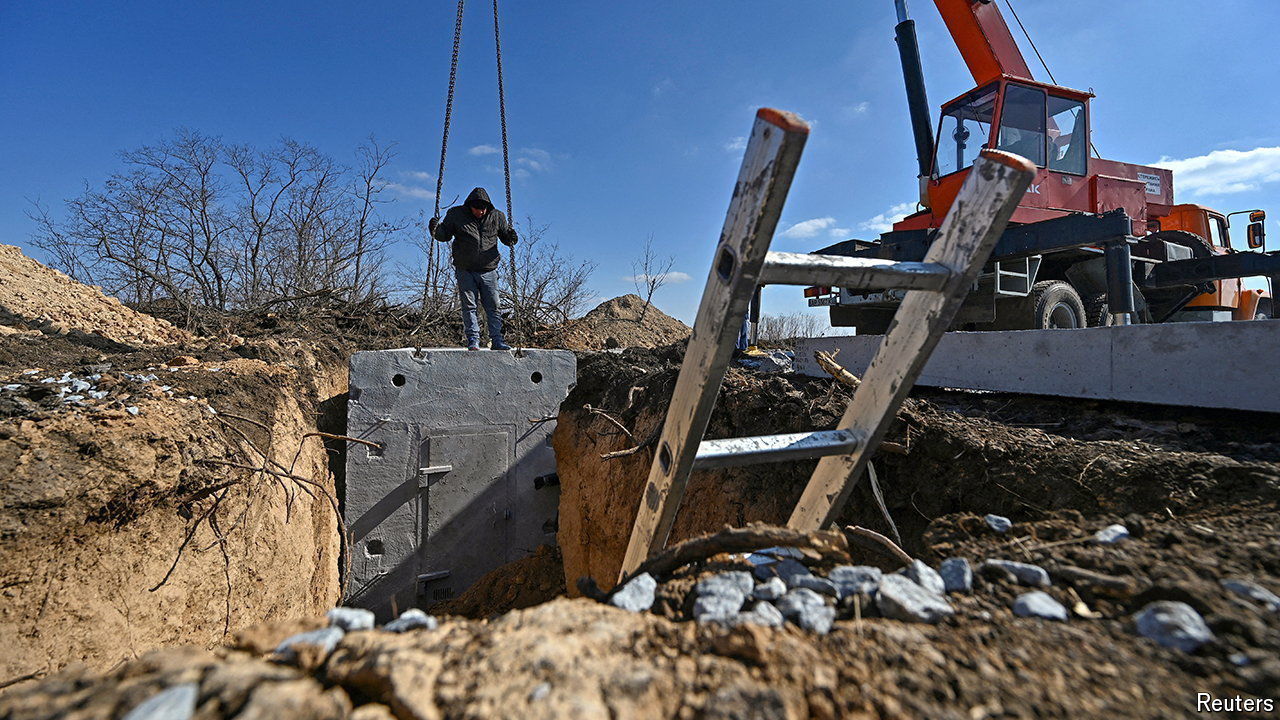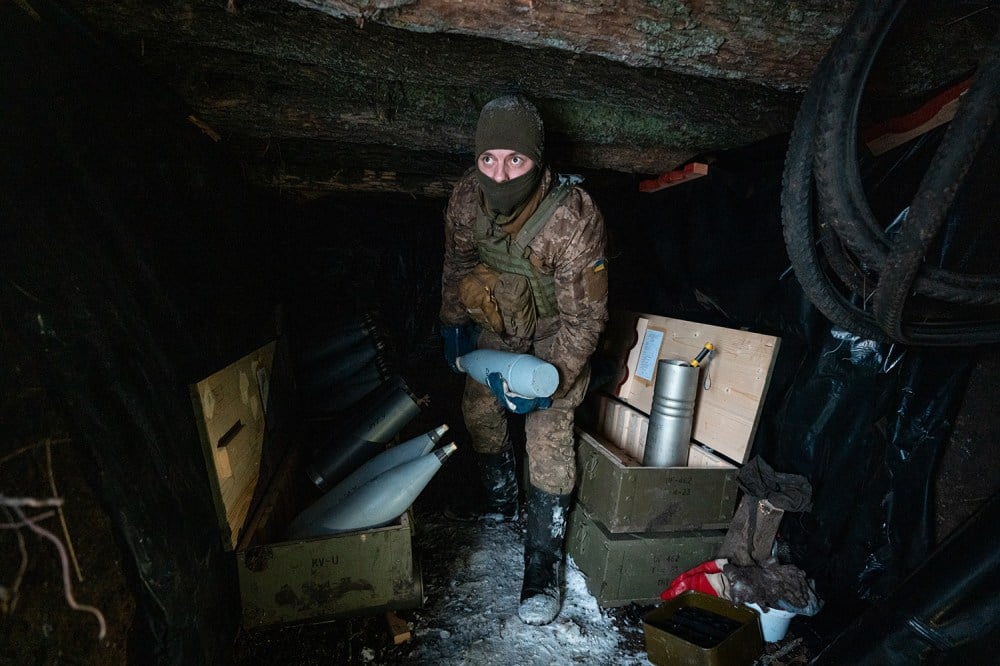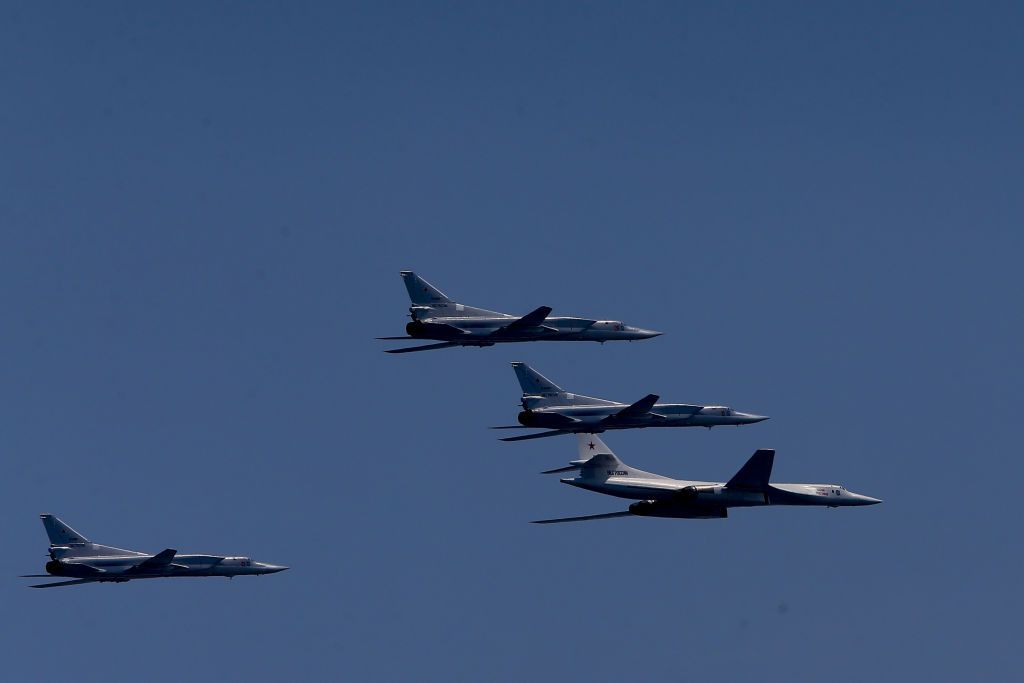Don't Toews Me
Footballguy
The Netherlands will provide Ukraine with an additional 1 billion euros ($1.06 billion) in military support this year, and has earmarked 3 billion euros for 2025, Dutch Prime Minister Mark Rutte said on Friday.
The extra support in 2024 takes the total sum for this year to 3 billion euros and will be complemented by 400 million euros in aid to support Ukraine's economy, Rutte said in a post on social media platform X.
Ukrainian soldiers' families angry after demobilization clause removed from bill to increase troops
The army chief abandoned the measure that would have allowed soldiers who had been fighting for three years to return to civilian life for fear of destabilizing the frontline.
 www.lemonde.fr
www.lemonde.fr
Of the more than 4,000 amendments made to the controversial text in recent months, only a few dozen have been retained by the parliamentary committee responsible for national security and defense. On the evening of April 9, the body responsible for studying the bill announced that it had finalized the document, which had been extensively modified since its first reading in February.
However, the adoption of the text was overshadowed by the anger of a section of the population after the last-minute announcement of the withdrawal of one of the main clauses. This measure, which would have allowed soldiers to apply for demobilization after 36 months of service, had been at the heart of debates for several months. Iryna Friz, an MP and member of the National Security and Defense Council, also stated that several financial "incentives" had been withdrawn.
The commander-in-chief of the armed forces, Syrsky, decided to abolish the clause awaited by many soldiers, exhausted after two years on the front. "We can't make hasty decisions," defense ministry spokesperson Dmytro Lazutkin justified on national television on Wednesday, citing Russian advances along the frontline. "We must understand that the escalation of Russian aggression continues." A new draft law on rotations and demobilization is expected to be drafted within the next eight months.
Faced with Russia's significantly greater mobilization capacities, the Ukrainian military authorities find themselves caught between the need to hold the front and the urgency of bringing in new recruits. For many young men still hesitant to enlist, the prospect of unlimited service, as is the case today, is a deterrent. In January, an anonymous 37-year-old Ukrainian told Le Monde the fears of some of these undecided men: "It's like having to choose between dying and being sent to hospital without arms or legs, there's no third option."
The announcement of the demobilization clause's withdrawal has provoked a wave of indignation in the country. Soldiers' wives, who have been meeting weekly in groups for the past months to demand the return of their husbands, have called for a demonstration. Many soldiers also took to social media to express their outrage.
For some, like Maksym Nesmiyanov, the decision is even more difficult given that it was made on the eve of the bill's examination. On Facebook, the soldier described it as a "disaster": "How was it possible to promise the demobilization of soldiers from December 2023 and abandon them at the end!!!! You can't take away soldiers' hope of coming home !!!!"
On the same social media page, serviceman Kostyantyn Nemichev also criticized a situation "which may lead to an increase in all kinds of trouble within the army." "We know what we're fighting for and we're ready to fight to the bitter end," said the founder of the Kraken Ukrainian volunteer unit. "But it would be right and proper to give those who have given the early years of their lives the opportunity to take a well-deserved rest."
The military high command is in an extremely difficult position, short of men and ammunition, and with international aid still insufficient to hold out against Russia. In recent weeks, the Ukrainian president has repeatedly warned of the risk of a new Kremlin offensive in the coming months.
Some soldiers and experts understand the power dilemma. "Escalation is taking the form of air strikes at the moment, but there could be escalation on the ground too, a risk of intensified offensive action by the Russians," said Volodymyr Fesenko, a respected political scientist and director of the Penta Center for Political Studies in an interview with Ukrainian media outlet Nv.ua. "The Russians already have a numerical advantage," he said. "If we continue to demobilize under these circumstances, we will destroy our defenses ourselves."

